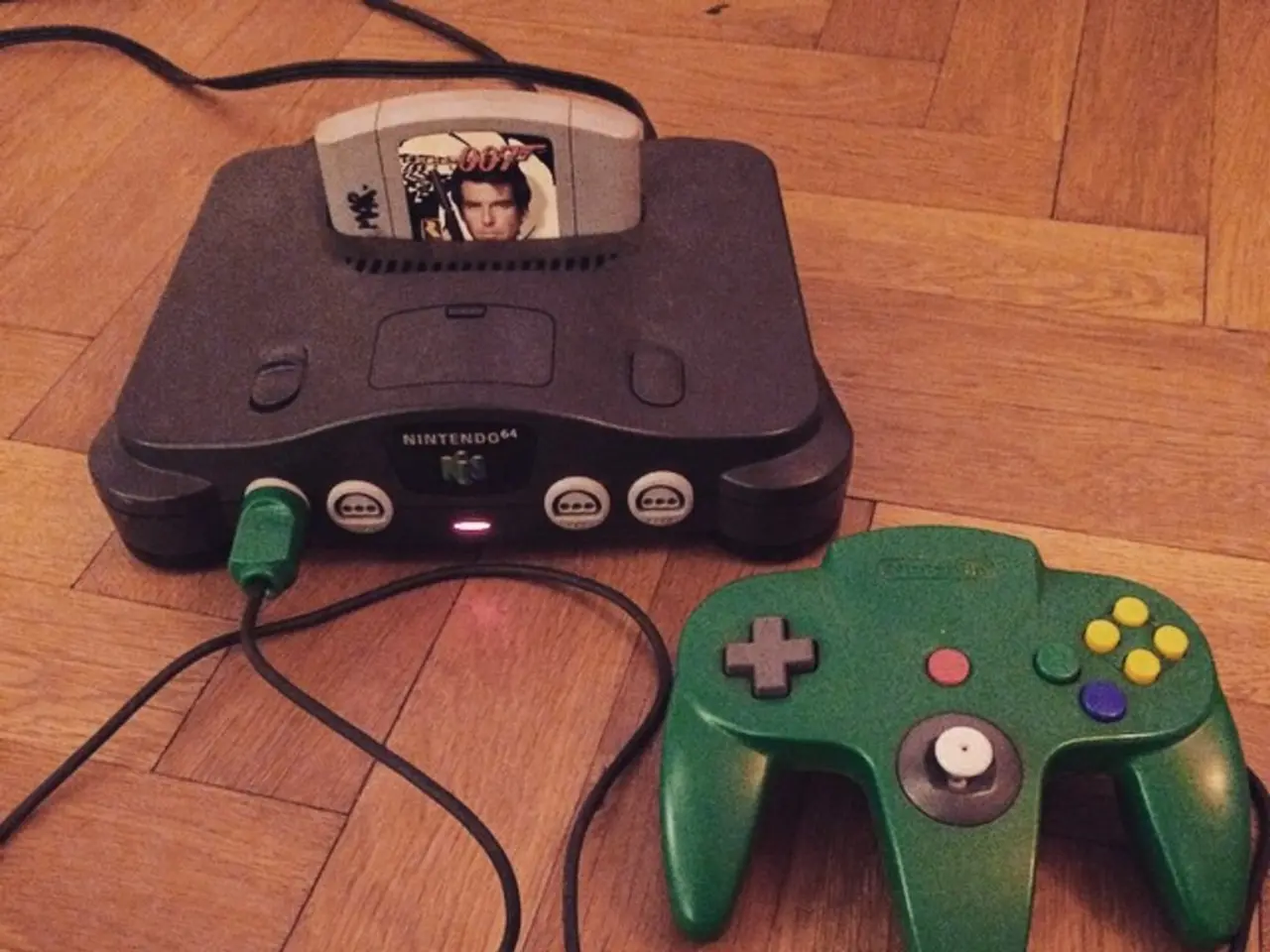Overview of Various video game concept art types and their distinctive styles
============================================================
In the realm of video game creation, concept art serves as the initial visual blueprint that shapes the aesthetic and narrative foundation of a game. This article explores the various types and roles of concept art in video game development.
Types of Concept Art in Video Game Development
- Character Concept Art Character concept art visualizes heroes, enemies, NPCs, and their costumes, anatomy, expressions, and poses. It helps define the personality and style of characters within the game.
- Environment Concept Art Environment concept art designs the game’s worlds, landscapes, and locations, setting the tone and atmosphere for immersive environments.
- Prop and Item Concept Art This type of concept art includes weapons, vehicles, tools, and other interactive objects, ensuring functionality and consistent style inside the game world.
- Creature and Monster Concept Art Focusing on unique creatures, fantastical beasts, or alien entities, this concept art blends imagination with the game’s story context.
- Mood Boards and Color Scripts These combine reference images and color schemes to establish visual themes and ambiance consistent throughout the game.
- UI/UX Concept Art UI/UX concept art designs the look and feel of user interfaces to enhance player interaction while maintaining visual coherence with the game design.
Roles of Concept Art in Game Development
- Foundation for Artistic Direction: Concept artists translate abstract narrative and gameplay ideas into tangible sketches, illustrations, and mood boards. This sets the tone, style, and visual language of the entire game, guiding all other artists and departments.
- Collaboration and Reference: Concept art acts as a reference throughout the production pipeline. It communicates visual ideas among designers, art directors, programmers, and writers to maintain cohesive development workflows and aesthetics.
- Creative Problem Solving: Concept artists blend storytelling, cultural references, and technical feasibility to balance creativity with production constraints, ensuring designs are both inspiring and implementable within the game engine.
- Project Preview and Promotion: Beyond in-game use, concept art assists in marketing by providing striking visuals for promotional materials like posters, covers, trailers, and merchandise, which help attract players and increase sales.
- Early Visualization: Concept art initiates the game art pipeline, influencing asset modeling, texturing, animation, and level design by offering clear initial visions to be realized in 3D or other formats in-engine.
From the pivotal role of tanks in World of Tanks to the eerie aquatic antagonists of Bioshock, the detailed city designs of Assassin's Creed, and the stunning landscapes of Subnautica, concept art plays a fundamental role in shaping the visual identity and narrative of video games. Its influence extends beyond the game itself, aiding in marketing and promotional materials, making concept artists key visionaries in the creation of immersive gaming experiences.
References: [1] Concept Art World Network. (n.d.). The Importance of Concept Art in Video Game Development. Retrieved from www.conceptartworld.com/articles/the-importance-of-concept-art-in-video-game-development
[2] Gamasutra. (2010, October 11). The Role of Concept Art in Game Development. Retrieved from www.gamasutra.com/blogs/KellyYeomans/2010_10_11/143117/The_Role_of_Concept_Art_in_Game_Development.php
[3] Lindsay, A. (2017, October 19). What Is Concept Art? Retrieved from www.artstation.com/blog/what-is-concept-art
[4] Turbosquid. (n.d.). The Role of Concept Art in Game Design. Retrieved from www.turbosquid.com/blog/the-role-of-concept-art-in-game-design
- In the field of lifestyle, understanding the role of concept art in video game development can provide valuable insights into the creation of immersive experiences.
- Fashion-and-beauty aficionados might be intrigued by how character concept art helps define the appearance and personalities of digital characters in games.
- Food-and-drink enthusiasts could appreciate how environment concept art sets the tone and atmosphere for diverse virtual dining experiences.
- Home-and-garden enthusiasts could explore how prop and item concept art contributes to building functional and visually appealing interior designs in games.
- Gadget lovers might find inspiration in creature and monster concept art, which often incorporate imaginative technology and machinery.
- Data-and-cloud-computing professionals could understand the importance of concept art in communicating visual ideas effectively among different departments and ensuring cohesive workflows.
- Technology enthusiasts could delve into the role of concept art in creative problem-solving, blending storytelling, cultural references, and technical feasibility to balance creativity and production constraints.
- From an education-and-self-development standpoint, learning about the multifaceted roles of concept art in video game development can help individuals seek personal growth in art, design, and project management within the technology industry. Social-media users can share their discoveries, contributing to discussions on entertainment, career development, and the overall impact of video games on various aspects of lives. Movies-and-TV buffs might find connections between narrative storytelling in films and games through concept art, further expanding their entertainment options.




